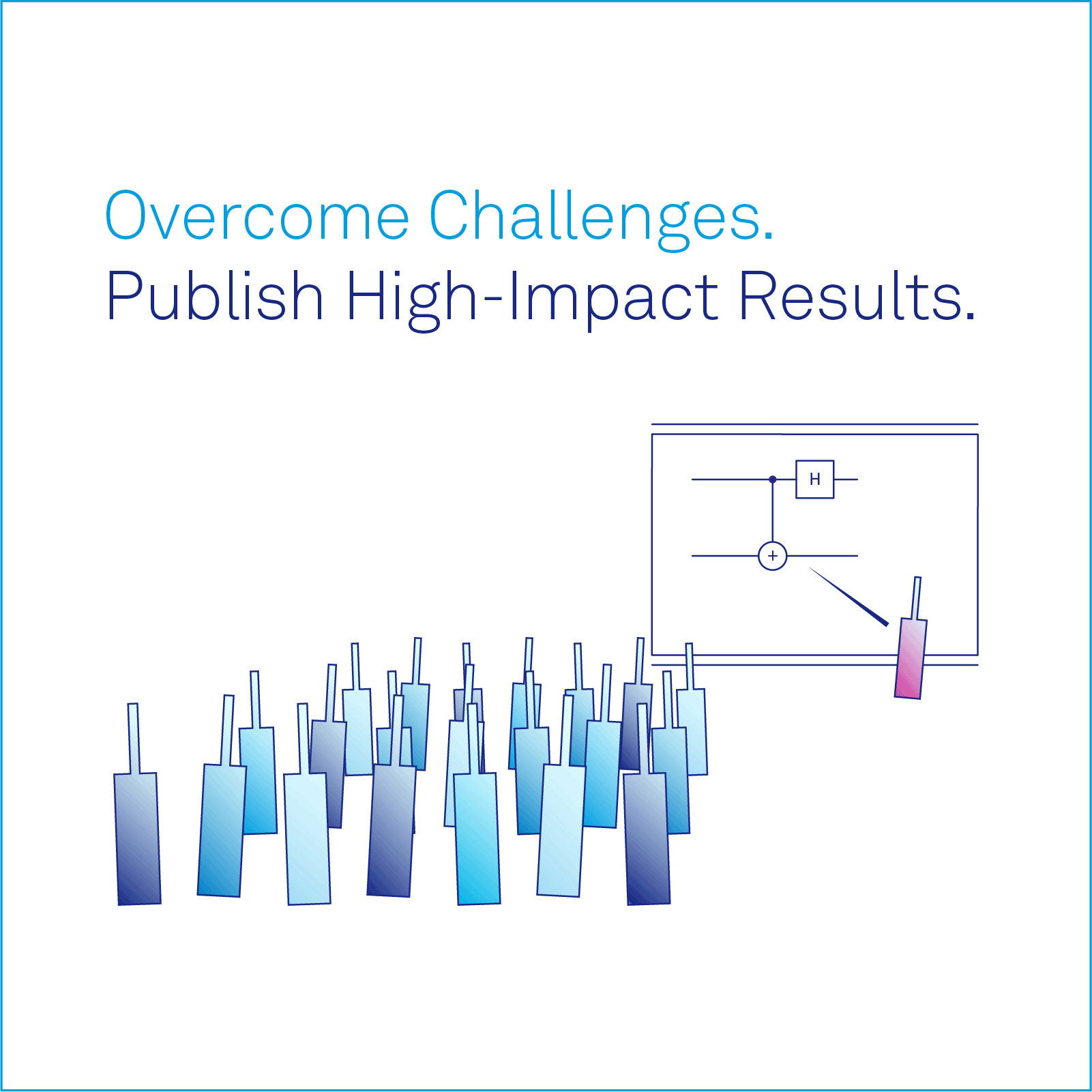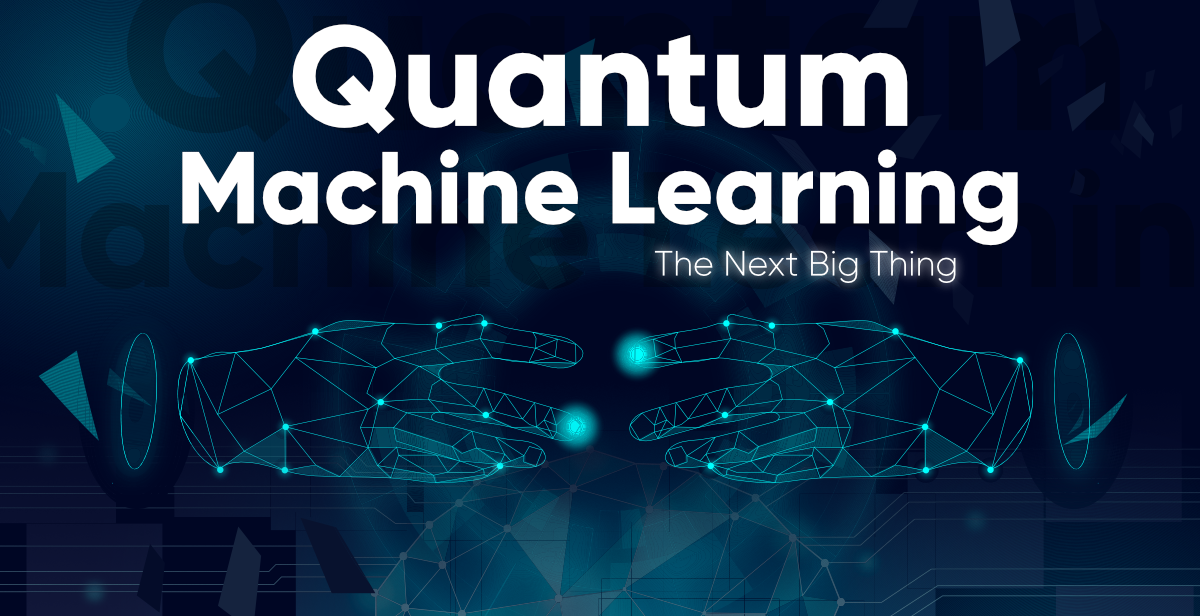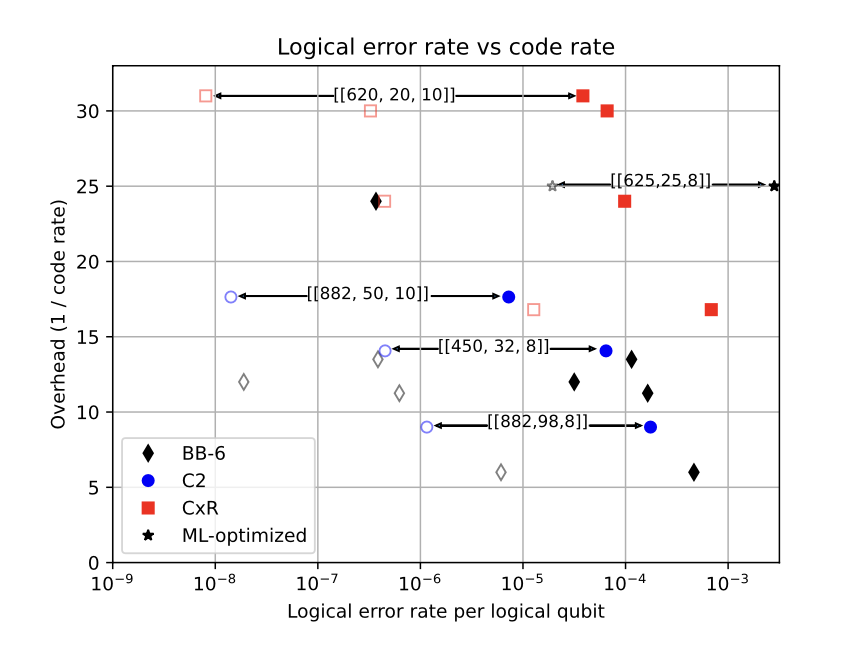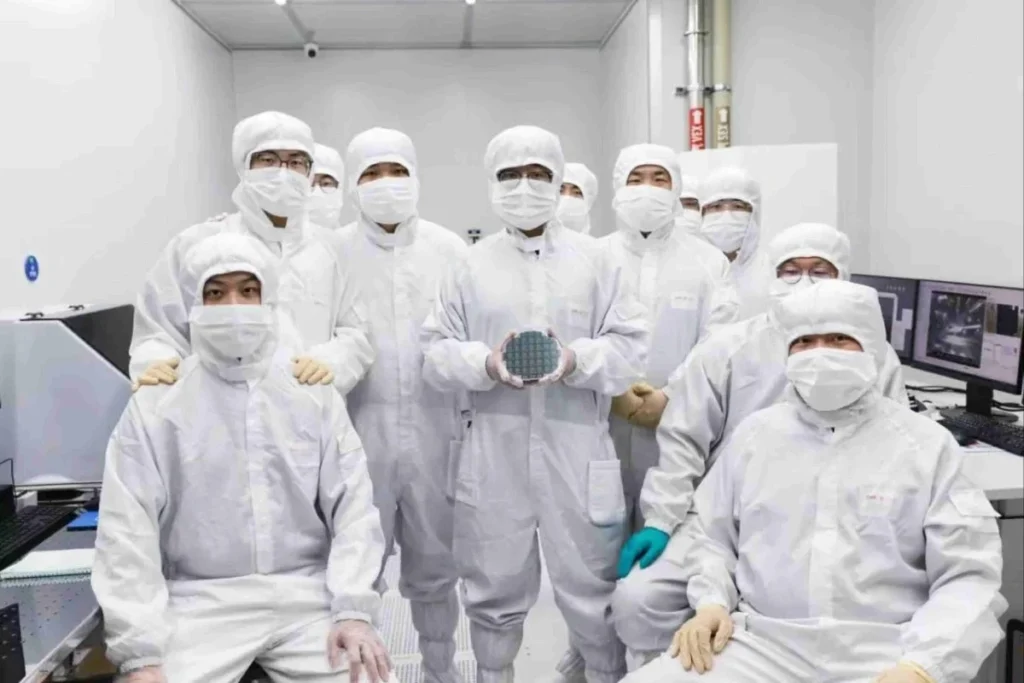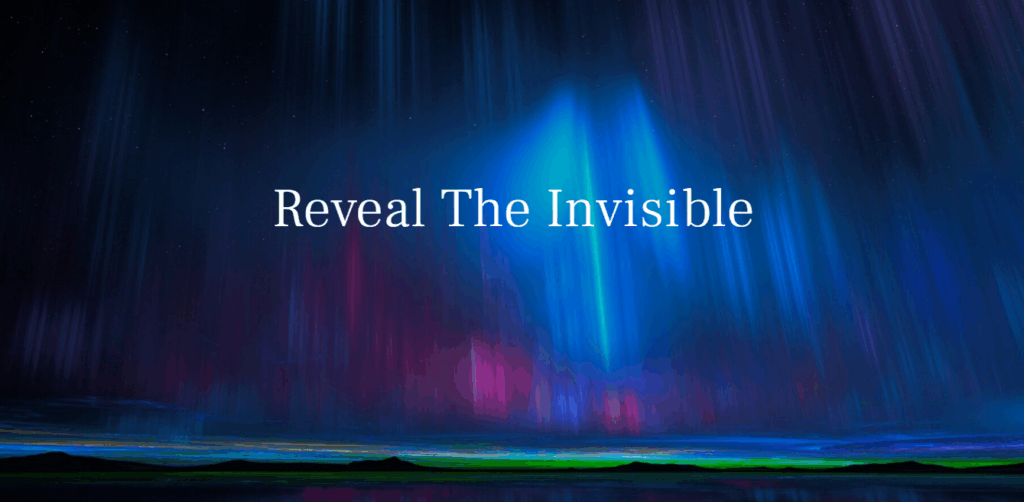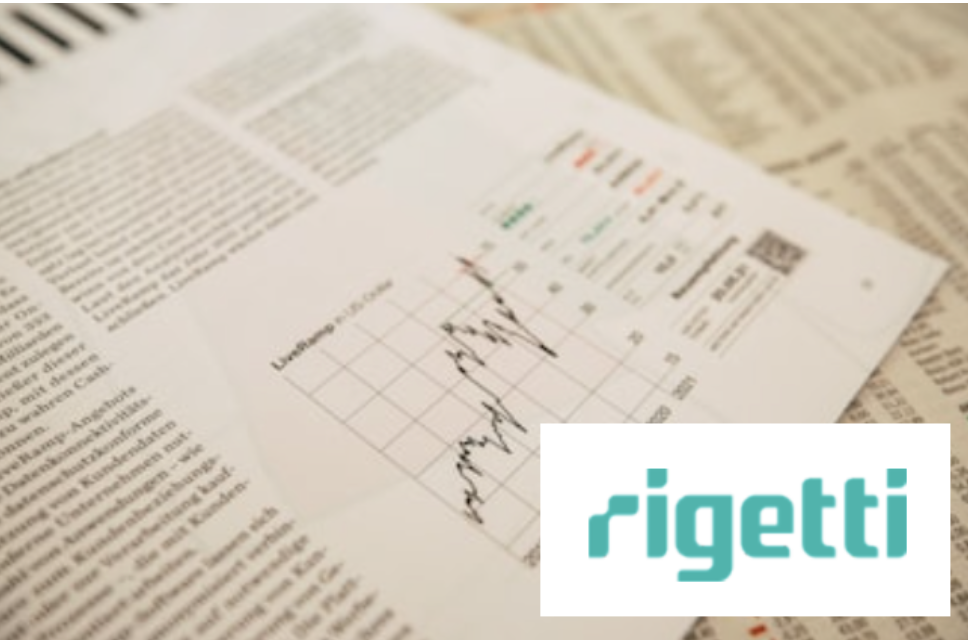Insider Brief
- Researchers demonstrated a quantum advantage in the odd-cycle game, where entangled particles enabled players to outperform the best classical strategies.
- The experiment, conducted with trapped ions separated by two meters, exceeded the classical limit by 26 standard deviations, confirming a statistically significant quantum advantage.
- The findings have potential applications in quantum cryptography, artificial intelligence, and secure communications, demonstrating real-world relevance beyond fundamental physics.
Scientists claim they demonstrated a quantum advantage in a strategic game, showing that two players using entangled particles can outperform the best classical strategy by a statistically significant margin.
The findings, published in Physical Review Letters, offer new evidence that quantum mechanics enables superior performance in certain tasks, even when players are separated and unable to communicate.
“We believe this is the first time that quantum advantage is shown and explained in a tangible way, accessible to a nonspecialist audience,” said lead author Peter Drmota, University of Oxford, according to Physics APS.

Here’s how the researchers approached the problem: The team devised an experiment that tested the odd-cycle game, a theoretical scenario where two players must assign colors to positions in a sequence without direct coordination. Researchers from the University of Oxford and the University of Seville used a pair of trapped ions, separated by about two meters, to implement an optimal quantum strategy. Their approach resulted in a winning probability that exceeded the classical limit by 26 standard deviations, confirming quantum advantage under loophole-free conditions.
To put this in perspective, a result that is five standard deviations above expectation is usually considered a major scientific discovery, as it corresponds to a 1 in 3.5 million chance of being a random fluke. A 26-standard-deviation result is astronomically more significant — like a basketball player making 26,000 free throws in a row without missing, making it virtually impossible for this to happen by chance alone.
The study also performed a related Bell test, measuring a nonlocal content of 0.54—the highest ever observed in physically separate devices that eliminate the detection loophole. This metric quantifies how much a system’s behavior deviates from classical expectations.
How the Experiment Worked
The odd-cycle game involves two players, each receiving an input from a referee and returning an output based on pre-agreed rules. The challenge is that classical strategies always leave an unavoidable failure case due to the constraints of an odd-numbered cycle.
To overcome this limitation, the researchers distributed quantum entanglement between two atomic ions. Before each round, the players shared an entangled state, a quantum link that allowed them to correlate their answers in a way impossible under classical rules. When measured, these entangled ions produced correlated outputs that improved their odds of winning.
The experiment was carried out using trapped strontium ions, a well-established platform for quantum networking. The ions were manipulated with lasers to generate entanglement, which was verified before each round of the game. The players then independently applied quantum operations based on their assigned inputs and recorded their results.
To ensure fairness, the experiment used a state machine that controlled the timing of the inputs and measurements. This approach eliminated loopholes, preventing external interference or hidden biases from influencing the results. The team conducted 101,000 rounds of the game, providing robust statistical confirmation of the quantum advantage.

Why It Matters
A coloring game may seem like kids’ stuff, but this has important implications, according to the team. Quantum advantage — the ability of quantum systems to outperform classical ones — has been a subject of considerable debate, especially in cases where classical computing limits are not well understood. Previous demonstrations, such as quantum supremacy in random circuit sampling, relied on complex probability distributions that are difficult to verify. Critics have charged that because quantum computers are especially adept at solving random circuit sampling, it’s a little like randomly throwing a dart and then drawing the bullseye around where it landed.
However, the odd-cycle game provides a clear, intuitive framework for showing how quantum strategies outperform classical alternatives without requiring extensive mathematical proofs.
The researchers argue that such games provide strong evidence for quantum advantage in scenarios where classical limits are easily understood.
“In this Letter, we present a realization of the optimal quantum strategy to win this game,” the team writes. “Our implementation satisfies [(iii) that is feasible, (iv) that is a faithful implementation of the problem, and (v) whose result will immediately convince sceptics], as the game is played by independent, physically separated players, and is free of loopholes (no extra assumptions are needed)”
Potential Practical Applications
While the experiment was designed as a fundamental test of quantum mechanics, it has significant implications for practical applications. Quantum-enhanced decision-making strategies could be used in areas such as secure voting protocols, resource allocation problems and real-time strategic planning where communication is restricted.
The principles also demonstrated in the odd-cycle game could improve quantum cryptography by providing new ways for verifying secure quantum key distribution. If the entanglement-based protocols can be refined, we could see scientists develop more robust encryption methods that outperform classical approaches.
We might speculate beyond cryptography. For example, it’s conceivable that entanglement-based decision-making could benefit artificial intelligence and optimization problems, where distributed agents must operate without direct communication. In logistics and supply chain management, for instance, quantum strategies might enable companies to coordinate actions more effectively without exchanging sensitive data.
Limitations and Future Research Directions
While the results confirm quantum advantage, the researchers acknowledge that their implementation remains constrained by experimental imperfections. The observed winning probability reached 97.8% of the theoretical quantum limit, with the discrepancy attributed to residual noise in the system.
It’s also important to note that several previous quantum advantage experiments have been surpassed by research teams using classical algorithms and hardware.
Future work could involve scaling up the system by increasing the number of entangled qubits or testing more complex nonlocal games. The researchers also highlight potential applications of their approach in practical scenarios, such as secure communications and distributed quantum computing.
In a separate test, they performed a variant of the game where players independently chose their inputs, confirming that their setup closes known loopholes in Bell inequality experiments. However, achieving full spacelike separation — ensuring that measurements cannot influence one another even in principle — looks to remain an open challenge.
The Broader Impact
Beyond fundamental physics, this study reinforces the growing role of entanglement-based protocols in emerging quantum technologies. The techniques used here are relevant for future quantum networks, where entanglement could enable secure cryptographic schemes and distributed quantum processing. The work also highlights how simple, game-like scenarios can serve as powerful tools for demonstrating quantum mechanics’ counterintuitive advantages.
As quantum technologies continue to mature, experiments like these provide concrete benchmarks for how and where quantum mechanics can outperform classical methods. With continued improvements, entangled systems may soon transition from research laboratories into practical applications in computing, communications, and security.
The study was conducted by a team of scientists including Drmota, D. Main, E. M. Ainley, A. Agrawal, G. Araneda, D. P. Nadlinger, B. C. Nichol, and R. Srinivas from the University of Oxford. Additionally, A. Cabello from the University of Seville and the Instituto Carlos I de Física Teórica y Computacional contributed to the research, along with D. M. Lucas from Oxford.



